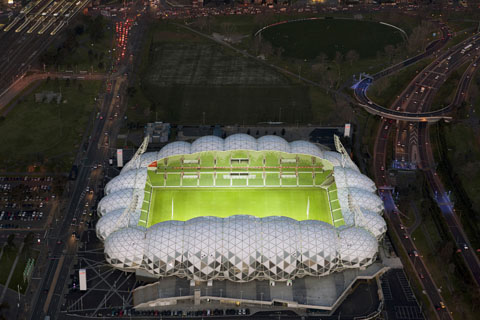Projects
Lightweight structures are typically used to support large surface areas such as roofs for stadia and other sporting facilities.
They are also used for large span wall elements such as high tech glazing.
The Projects section of the website has the following categories (see sub-menu or the links below):
- Small Fabric Structures (less than 250 sqm)
- Medium Fabric Structures (between 250 and 1000 sqm)
- Shadecloth Structures
- Large Fabric Structures (larger than 1000 sqm)
- Glazing and Facades
- Stadiums
- Other forms of structures such as cablenets, spaceframes, domes
- Footbridges
- Special Applications
- Internal Structures and Sculptures
- Iconic Structures (maximum collaboration in the team)
- Entrances and Canopies
- Temporary or demountable
Info
There are no articles in this category. If subcategories display on this page, they may have articles.






